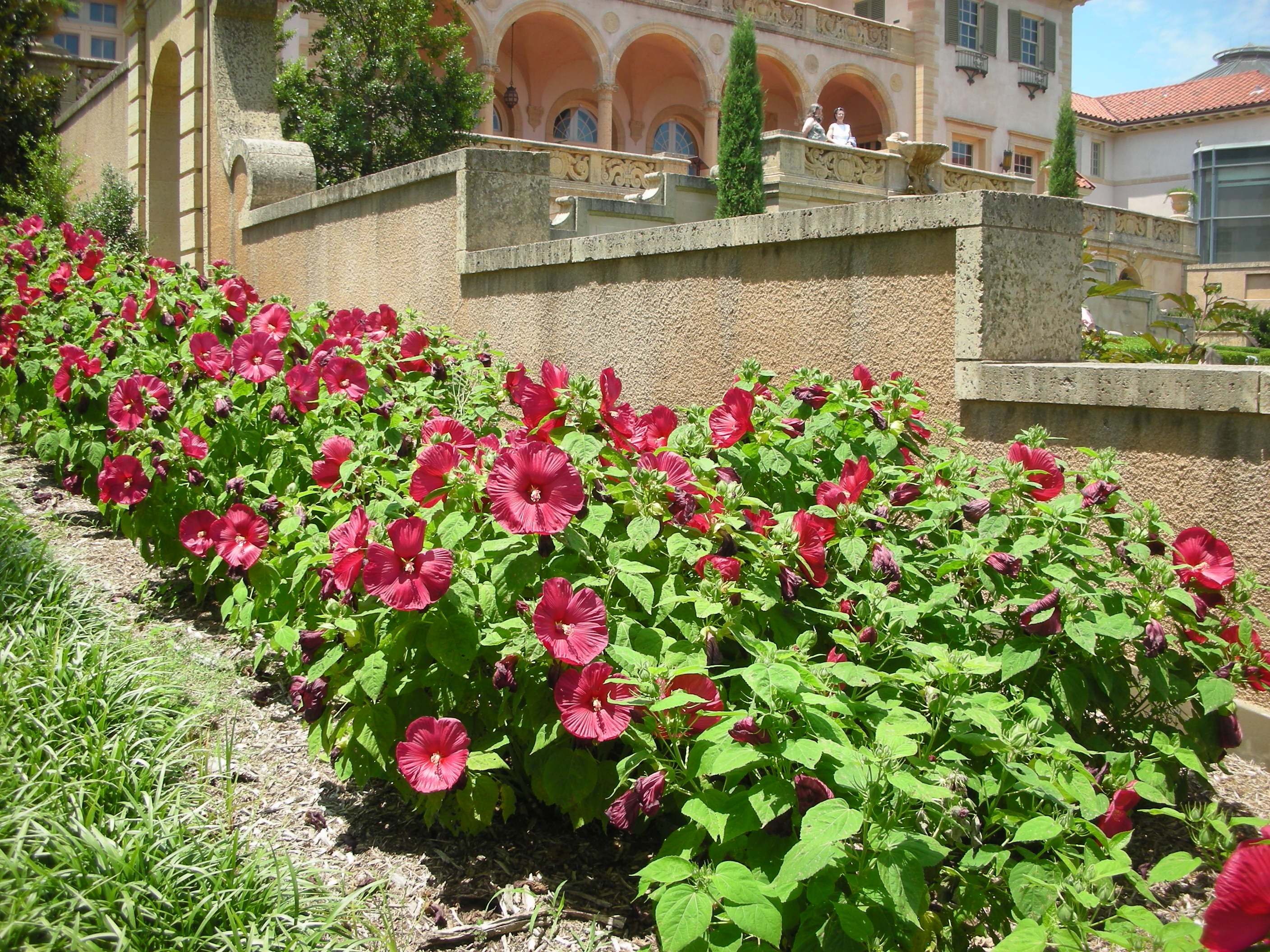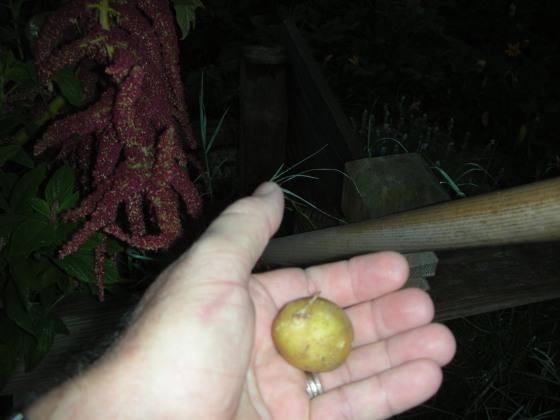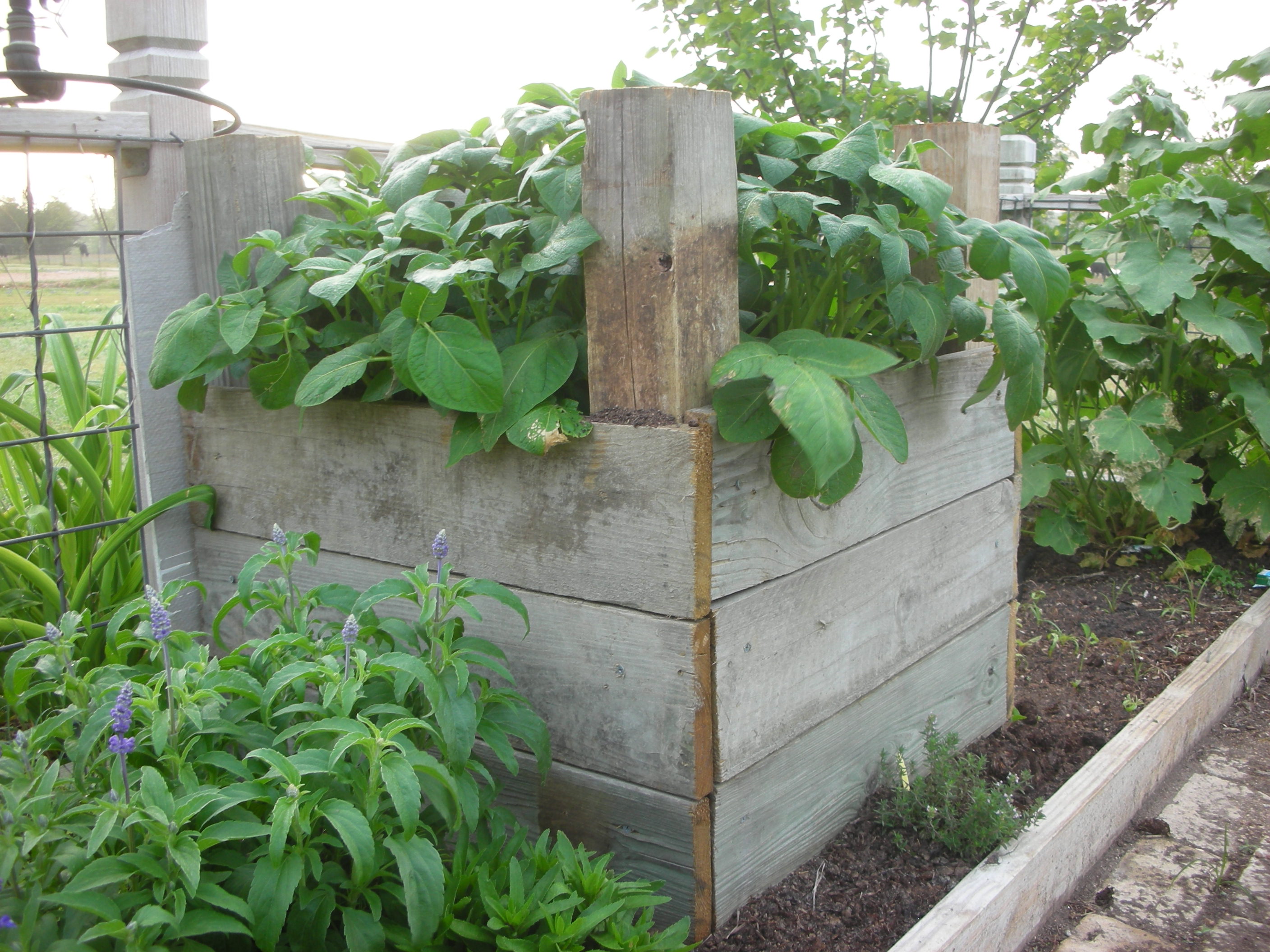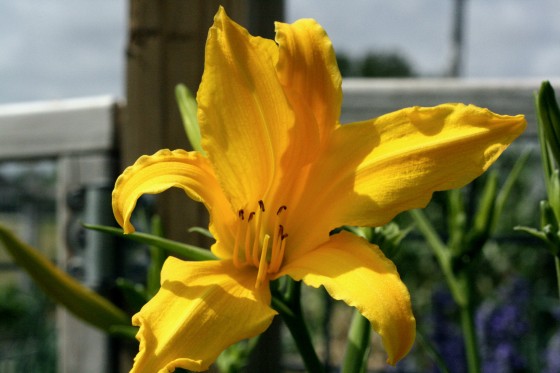The Linneaus Teaching Garden in Tulsa is an incredibly beautiful place that was a gift to the citizens of Tulsa by the citizens of Tulsa. The garden is the vision of a true Master of Horticulture named Barry Fugatt. Mr. Fugatt is the resident horticulturist at the Tulsa Garden Center. In 2005 he approached the director with a plan to create a garden that would educate the people of Tulsa on the horticultural possibilities for their own yards and gardens.
Over the rest of 2005 and 2006, 3000 people contributed the $800,000 needed to get this project off the ground. With funding secured, the city authorized the use of 1.5 acres in Woodward Park to be used as the home of what was to become the Linneaus Teaching Garden. Industry sponsors donated the material and labor to build the structures and hardscapes. This trend of giving has continued and the garden has now thrived for five years without the need to take any public money.
The center is staffed by a cadre of trained volunteers. To work here, you must complete a 12 week course that covers everything from plant taxonomy to landscape design. Once the course is complete, the volunteers agree to provide at least 40 hours of their time to the garden each calendar year.
In the yupneck’s humble opinion, this type of garden is needed in every city in America. The gardens are beautiful and they are filled with plants that grow well in Tulsa. There is no sales pitch. If you want to beautify your yard or start a vegetable garden, then all you have to do is stroll around this 1.5 acre oasis. Every planting is clearly marked and selected soley because it does well in the Tulsa area. If you want to know more about the plants or the methods that have caught your eye, then you can ask any of the very friendly and well trained staff for the additional info.
The Linneas is not just about ornamentals. The vegetable garden was just as lovely as the beds. I loved the extensive use of containers. As more and more urban dwellers catch the gardening bug, container gardening is going to become a much more common way of growing veggies. Containers are easy to get started and easy to maintain. In fact, a container filled with the appropriate media (soil) will generally have fewer weeds, require no chemical fertilization and use much less water than a traditional, in the ground, row garden. One complaint I have often heard people make about container gardens is that they cannot grow big vegetables like corn. The Linneaus has obviously disproved this urban legend.

I have never seen corn grown in a container. Very interesting. I also liked seeing the whiskey barrels reused as very attractive container gardens.
With the feel of a public garden and a mission of education, this garden is an incredibly rare and valuable resource for the gardeners of Tulsa. The fact that it is completely funded by private donations and staffed by people that are as passionate about horticulture as I am makes me love it even more. I wish I had something like this in my neck of the woods.






































